Do Athletes Need Strength? The SURPRISING Answer
Every day I receive DM’s from athletes asking me: “Do athletes need strength?”. The answer t0 that question is complicated. Strength is your ability to overcome resistance. It doesn’t matter how quickly or slowly you overcome that resistance. All that matters is that you conquer it.
So, do athletes need strength?
In the strict sense of the word, most athletes DON’T need strength. Athletes involved in basketball, football, baseball, and other similar team sports do NOT need the ability to overcome high amounts of force to succeed.
However, that doesn’t mean that strength training won’t help an athlete succeed. This is because athletes need power to excel.
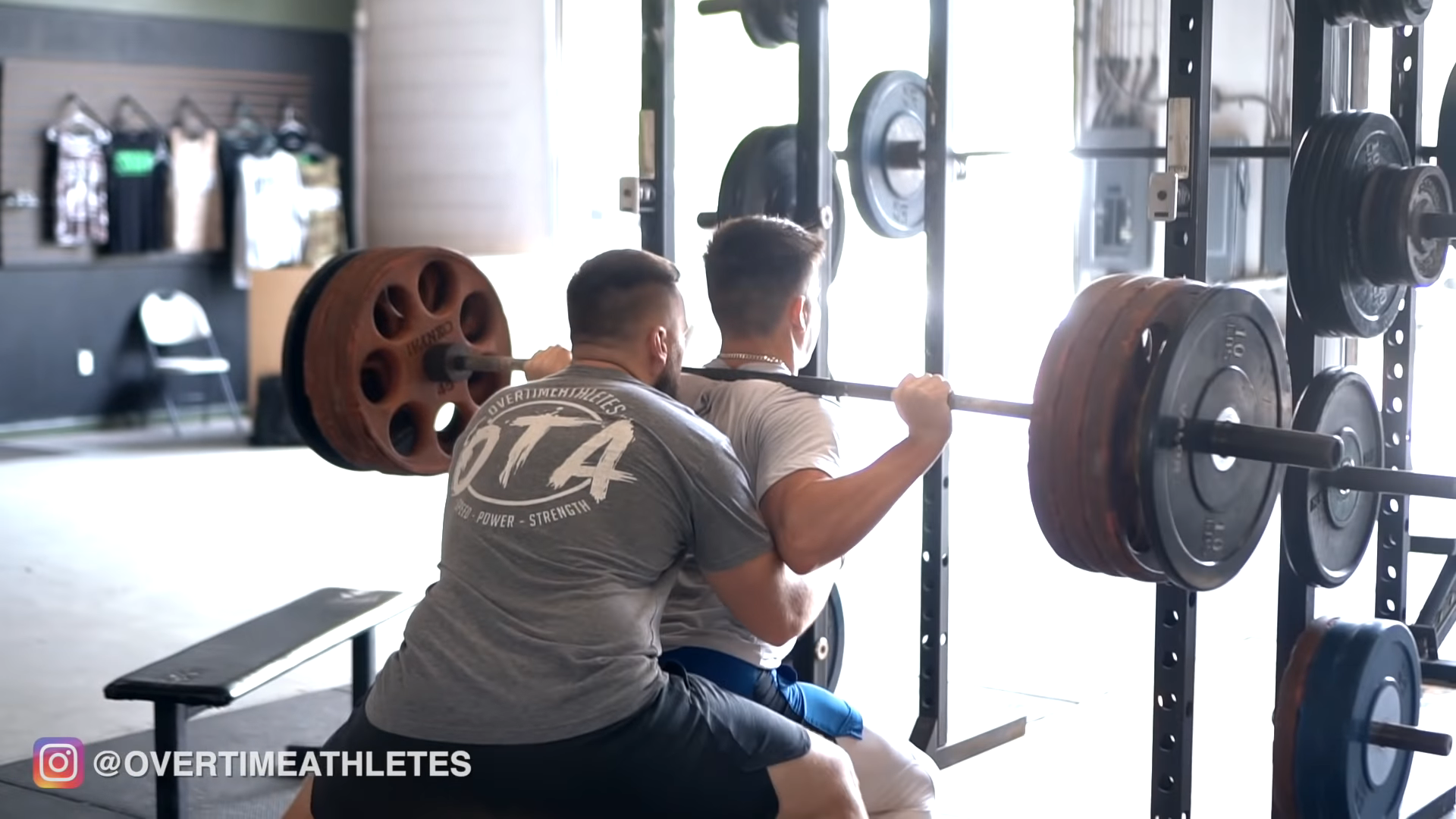
Power is an athlete’s ability to exert maximal force in a short amount of time. Think of a vertical jump, a quick cut, or a soccer athlete shooting a ball – all of these actions require rapid displays of force production. And the more force you can produce the higher you’ll jump, the quicker you’ll cut, and the faster that ball will scream towards the goal.
And there are ways you can strength train to increase your power output.
Sadly, most athletes go about their strength training the wrong way. They don’t know how to strength train for power. And they end up stiff and rigid without seeing any gains in the power department.
In this post, I’m going to share why traditional strength training is a waste of time, and the strength training methods you should use instead to increase your power, explosiveness, and overall athleticism.
Let’s dive in:
The Wrong Way for Athletes to Build Strength
Take a look at the top powerlifters in the world. They lift the heaviest weights any man can bear. They can squat upwards of 600-700 pounds, deadlift 750+, and bench press 500+. However, you don’t see these powerlifters throwing down vicious tomahawk dunks, or juking defenders, or sprinting for a 4.4 40 yard dash. In fact, if they tried, it’d probably be laughable.
These are some of the strongest men in the world, but they don’t have a lick of athleticism. The crazy thing is, many strength coaches are using powerlifting methods with their athletes to build strength. This is puzzling, and it’s the wrong way to go about building strength that transfers to athleticism.
The powerlifting way of building strength doesn’t emphasize quickness, speed, or explosiveness. It’s about moving heavy weights. And whether that movement is fast or not doesn’t matter.
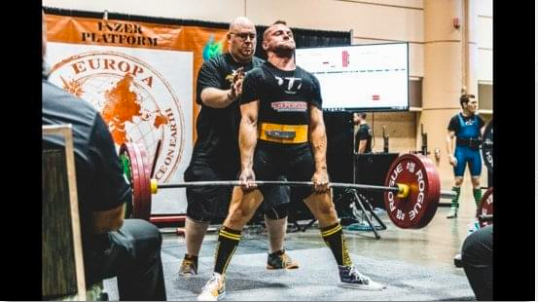
One lesson I learned early in my career is that the guy lifting the heaviest weights in the weight room is not always the best guy on the field. In fact, in my experience, most times the heaviest lifters were guys who ended up riding the bench.
Why?
The simple answer is that these athletes had strength, but they lacked rate of force development.
Rate of force development is the speed at which an athlete generates force. Rate of force development is absolutely imperative to move efficiently and effectively on the field. Again, jumping, cutting, and shooting a ball in soccer require fast contractions of the muscle. Not long and slow ones.
If we want to encourage fast contractions of muscle that will help us excel on the field, we need a strength training method that emphasizes rate of force development while increasing our force production.
Triphasic Training
Triphasic Training is the strength training method that has allowed me to increase rate of force development while also increasing force production. I discovered Triphasic Training a few years back while trying to reach my goal of a 42 inch standing vertical jump. Triphasic Training helped me exceed that goal, and I’ve been using it with my athletes ever since.
The basis behind Triphasic Training is to spend one training block emphasizing each portion of movement through the use of tempos. The three portions of movement, or phases, are:
- Eccentric
- Isometric
- Concentric
Each phase comes with its own unique benefits to performance when you emphasize it. I’ll dive a little deeper into the benefits behind each phase below.
Eccentric Training Phase:
The eccentric phase is also known as the “lowering” phase. If you think of a squat, the eccentric phase is the descent to the bottom of the squat. There are many performance benefits that come with emphasizing the eccentric phase of movement with tempos.
The first is the removal of the stretch reflex. The stretch reflex is a contraction response to the stretching of a certain muscle. In other words, it’s your body’s impulse response when you put a muscle on stretch. You can see the stretch reflex on full display in someone who “bounces” out of the bottom of their squat.
Removing the stretch reflex can provide performance benefits because the stretch reflex gives you an extra “push” when lifting quickly. Removing it allows us to purely increase the force production of the targeted muscle. This is also why strength coaches like to use box squats for performance. Coming to a dead stop on a box removes the stretch reflex. The ascent from a dead stop requires PURE force production and raw strength.
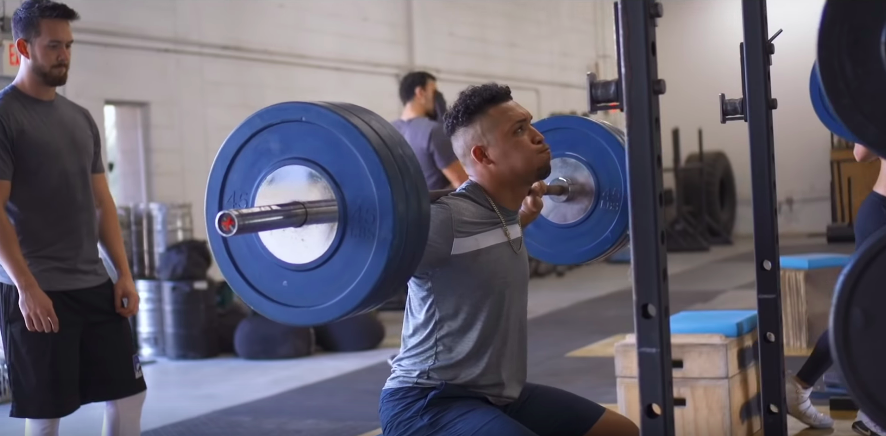
Eccentric Training Parameters:
Tempos: When training my athletes, I’ve never used more than a 4 second eccentric tempo. As a general rule, as the intensity (weight) of the exercise goes up, the tempo goes down.
Intensity: You should never go above 70% of your one rep max when training with tempos. Anything more than that can lead to injury.
Sets and Reps: In the eccentric phase I like to stay around 5 sets and no more than 4 reps for heavy compound lifts.
Exercises to Use Eccentric Training: Squats, Trap Bar Deadlifts, Bulgarian Split Squats, Bench Press
Isometric Training Phase
The isometric training phase is also known as the “transition” phase. If you think in terms of a squat, the isometric phase takes place between the lowering and ascending portion. Emphasizing the isometric portion of movement would look like an extended hold at the bottom position of a squat.
The main benefit of emphasizing the isometric phase is increased motor unit recruitment. Motor units are components of muscle that work together to create muscle contractions. However, when you contract a certain muscle, say the quadriceps and gluteals, the first motor units that go to work are small and “weak”. When you perform extended isometric holds, you teach your body to recruit larger, more powerful motor units.
This will lead to increased motor unit recruitment when performing other movements that use these muscles, such as a jump or a sprint.
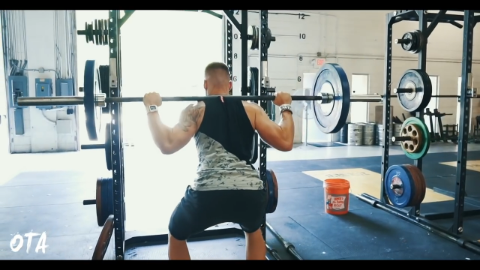
Isometric Training Parameters:
Tempos: As a general rule, I like to stay at a 3 second isometric tempo no matter how many sets or reps I perform, or the intensity of the exercise. This is because there are diminishing returns for isometric tempos. Also, as the intensity rises, you challenge larger motor units to be recruited.
Intensity: Intensity can go up as high as 80% of your one rep max.
Sets and Reps: Again I would stay around 5 sets and no more than 4 reps.
Exercises to Use Isometric Training: Squats, Trap Bar Deadlifts, Bench Press, Bulgarian Split Squats, Romanian Deadlifts
Concentric Phase
The concentric phase is also known as the “up” portion of movement. Think in terms of a squat. The up phase is the ascent from the bottom.
The main benefit of this final training phase is improved rate of force development. Again, rate of force development the speed at which you produce force. This has HUGE carryover to your athletic performance and your performance on the field because almost every movement in sports requires rapid, strong, muscle contractions. RFD is promoting your ability to contract your muscles quickly.
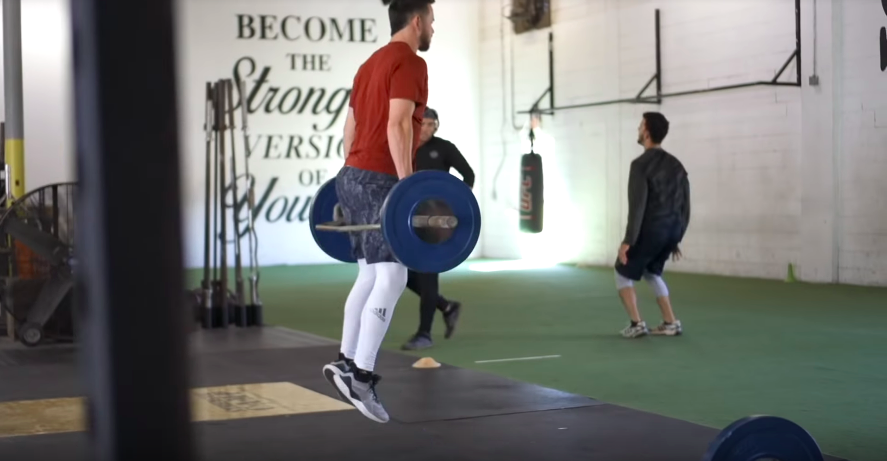
Concentric Training Parameters:
Tempo: Explode. Every movement should be quick, explosive, and snappy. This means you can’t load up the bar too heavy or you’ll be bogged down by the weight.
Intensity: No more than 70% of your one rep max. This is because we want to move the weight quickly to increase rate of force development AND overall power.
Sets and Reps: You can perform 6-10 sets of 1-3 reps. As the reps go down, the sets should go up. Again, this is because we want to move weights quickly. We can’t move weights with maximal speed if we’re doing 5, 6, 7 reps.
The Full Guide to Strength Training for Athletes
Want to learn more about how to turn your strength into athleticism?
I JUST created a new course called The Advanced Athletic Strength Course that contains the most-up to date strength training modalities for athletes.
The best part is it’s absolutely free.
You’ll learn how to impress your teammates in the weight room with your heavy lifts… AND on the field with your explosive power, if you enroll in the free course.
Just hit the link below to join: